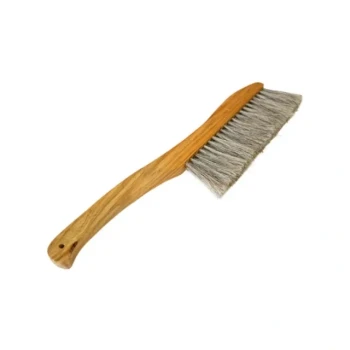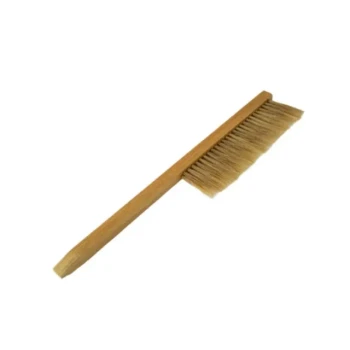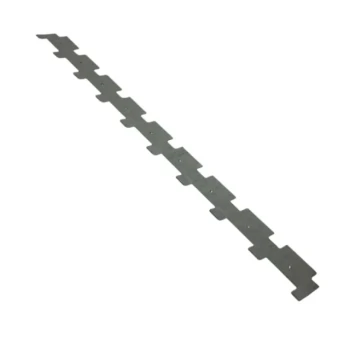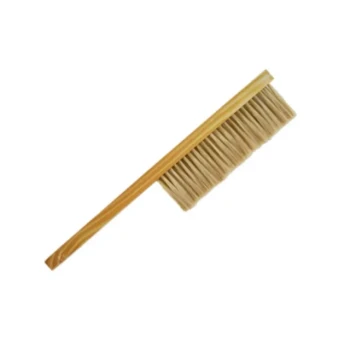At its core, comfort and support are vital in beekeeping shoes because the work is physically demanding. Beekeepers spend long hours on their feet, often on uneven ground, while lifting heavy hive components. Proper footwear with adequate support and cushioning helps prevent fatigue, strain, and injury, allowing you to focus on the bees.
Choosing the right footwear isn't just about avoiding stings; it's about creating a stable and comfortable foundation for a physically demanding job. The best beekeeping shoes balance non-negotiable protection with the practical needs of support, traction, and durability.
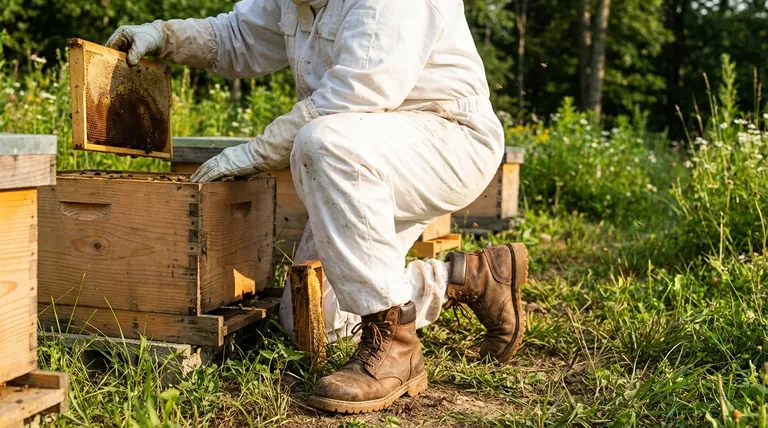
Why Your Choice of Footwear Matters
Beekeeping involves much more than just interacting with bees. It's manual labor that requires lifting, carrying, and standing for extended periods. Your footwear is a critical piece of equipment that directly impacts your safety and effectiveness.
The Foundation of Comfort and Support
Beekeepers regularly lift hive bodies and honey supers that can weigh over 50 pounds. This places significant strain on your feet, ankles, and back.
Shoes with padded insoles and designs that evenly distribute pressure are crucial for mitigating this physical stress. This support reduces fatigue during long days in the apiary and helps prevent chronic foot or back pain.
Non-Negotiable Protection from Stings
The most obvious function of beekeeping gear is protection. Your feet are a common target for defensive bees, especially if they are accidentally kicked or stepped on near the hive.
Footwear must provide complete coverage. High-top boots or shoes that fit snugly around your ankles prevent bees from crawling inside. For this reason, you must avoid any shoes with holes or openings, such as clogs or sandals.
Stability on Unpredictable Ground
Apiaries are rarely located on flat, paved surfaces. You will be working on grass, dirt, or uneven terrain that can become wet and slippery.
Slip-resistant soles are essential for preventing falls. A slip could be dangerous on its own, but it becomes a serious risk when you are carrying a heavy super box full of bees and honey.
Understanding the Trade-offs
There is no single "perfect" beekeeping shoe, only the best choice for your specific conditions and preferences. Understanding the compromises is key to making a wise decision.
Heavy-Duty Boots vs. Lighter Shoes
Heavy leather work boots offer maximum protection from stings and excellent ankle support. However, they can be hot, heavy, and fatiguing to wear on a warm day.
Lighter high-top hiking shoes or trail runners provide better breathability and comfort but may offer slightly less protection against a determined bee sting.
Waterproofing vs. Breathability
Waterproof rubber boots (like muck boots) are excellent for wet conditions and are incredibly easy to clean of honey and wax. The downside is a complete lack of breathability, which can lead to hot, sweaty feet.
Shoes made with breathable materials are far more comfortable in hot weather but will not keep your feet dry in damp grass or rain.
Making the Right Choice for Your Apiary
Your decision should be based on your climate, the physical demands of your bee yard, and your personal comfort needs.
- If your primary focus is maximum protection and support: Choose a durable pair of leather or synthetic high-top work boots.
- If your primary focus is comfort on long, hot days: Opt for a pair of breathable high-top hiking shoes or trail runners.
- If your primary focus is all-weather practicality and easy cleanup: Select a pair of tall, slip-resistant rubber or muck boots.
Ultimately, the right footwear empowers you to work confidently and safely, keeping your mind on your hives instead of your feet.
Summary Table:
| Key Feature | Why It Matters for Beekeepers |
|---|---|
| Ankle Support & Padded Insoles | Reduces strain from lifting heavy hive boxes (50+ lbs). |
| Slip-Resistant Soles | Provides stability on uneven, wet, or slippery ground. |
| Complete Coverage (High-Tops) | Prevents bee stings by blocking access to ankles and feet. |
| Durable Material (Leather/Rubber) | Withstands harsh conditions and protects against stings. |
Equip your commercial apiary or distribution business with footwear built for the job. HONESTBEE supplies durable, supportive beekeeping shoes and equipment designed for the professional's safety and comfort. Let us help you reduce operator fatigue and increase productivity. Contact our wholesale team today to discuss your needs.
Visual Guide
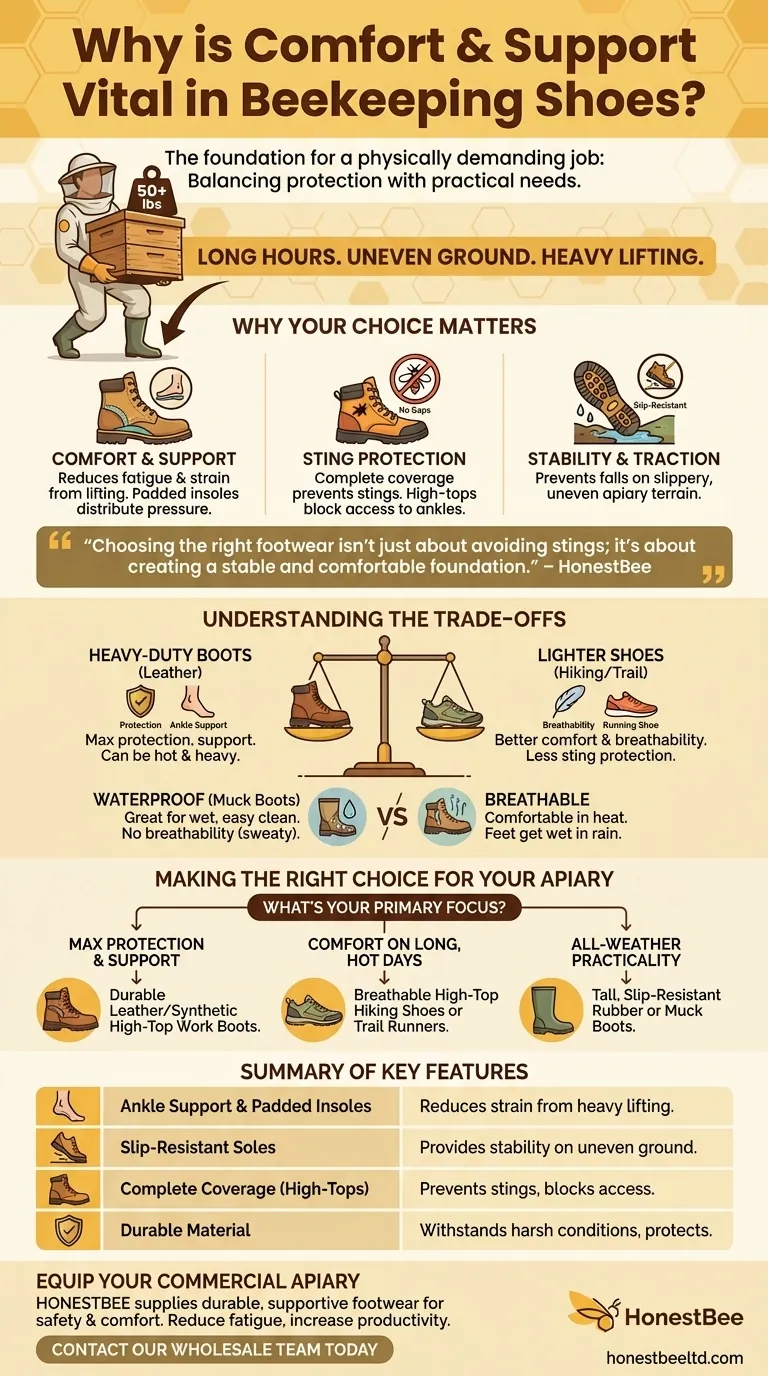
Related Products
- Wholesales Dadant Size Wooden Bee Hives for Beekeeping
- Professional Galvanized Hive Strap with Secure Locking Buckle for Beekeeping
- Professional Beekeeping Suit for Kids and Girls Childrens Bee Keeper Suit
- Professional Grade Foldable Beehive Handles
- Heavy Duty Cowboy Beekeeper Hat with Visibility Veil Outdoor Professional Beekeeping Protective Gear
People Also Ask
- What should you do if you find an ant nest near your beehive? Essential Strategies for Hive Protection
- What are the essential pieces of equipment for most beekeepers? Get Started with the Right Gear
- What should beginners consider when purchasing beekeeping equipment? A Guide to Essential Starter Gear
- What are the characteristics of oil-based paint for beehives? Durability vs. Modern Practicality
- What is the best place to keep bees? Find the Perfect Apiary Site for Your Hives










